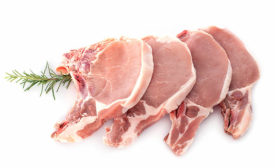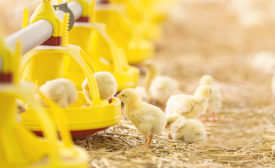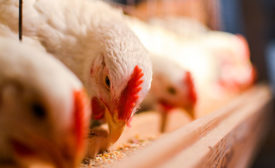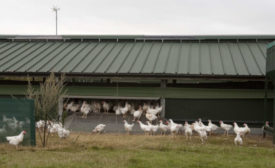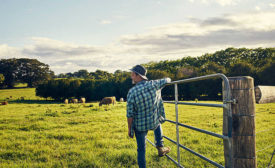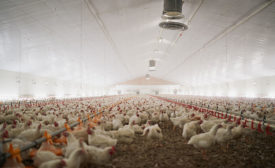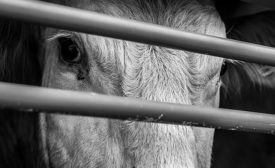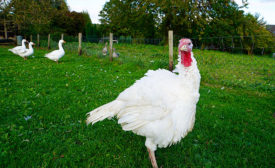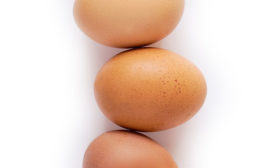Special Report | State of the Industry 2020
Home » Keywords: » farm to plate
Items Tagged with 'farm to plate'
ARTICLES
Farm to Plate
Farmers: the solution, not the problem
Farmers reside in an ideal spot by which they can help save the planet while promoting and advancing animal welfare.
Read More
Farm to Plate
Data pinpoints need for a continued focus on stunning efficacy and management
A stunning issue: Assessing humane-handling enforcement actions and developing teachable moments for processors on stunning and handling of animals.
June 13, 2018
Stay ahead of the curve. Unlock a dose of cutting-edge insights.
Receive our premium content directly to your inbox.
SIGN-UP TODAYCopyright ©2025. All Rights Reserved BNP Media.
Design, CMS, Hosting & Web Development :: ePublishing
